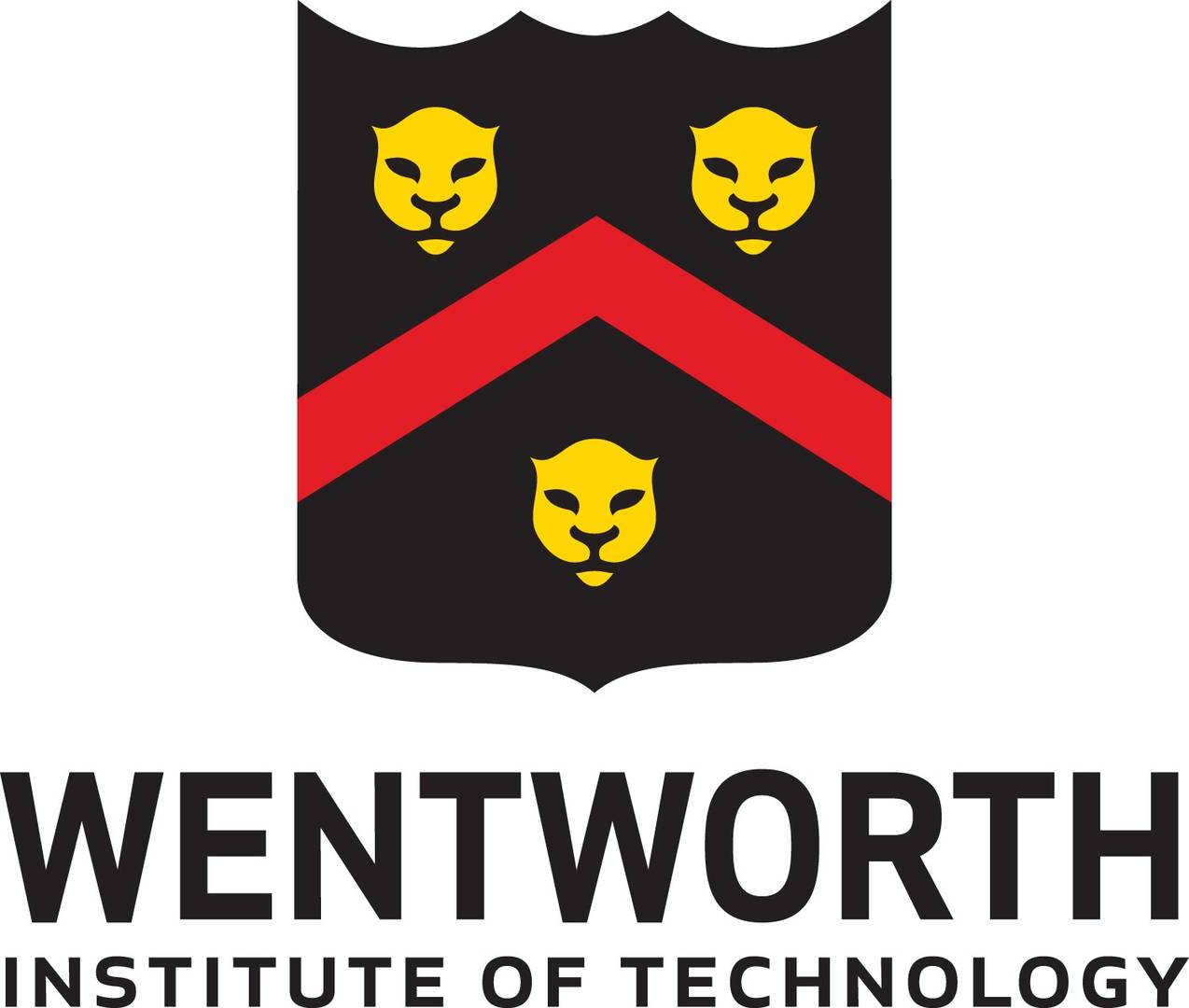
The Overview
In the Boston, MA area, there are many prestigious technical colleges and universities that blanket the city and surrounding areas. One of these colleges is making sure that their students receive a high level of hands-on learning to better prepare them for the real world and position them for entry into a competitive job market.
The Challenge
Wentworth Institute of Technology students are no stranger to basic testing equipment using manual calculations when it came to materials testing; however some of testing equipment in their facility were dated back to the 1950s. The systems could perform general tensile tests, but lacked modern features. As an institute that focuses on practical engineering and not theoretical engineering, they realized their existing lab put the curriculum and students at a disadvantage.
“Our core values center around our students, enabling them to experience hands-on learning, and to place innovation and creativity at the center of what we do,” says Mike Jackson, Department Chair of Mechanical Engineering & Technology. “How could we do that with equipment that has been around since the 1950s and 1960s?”
Wentworth had a vision to transform their lab into an advanced learning environment with the latest and most innovative technologies available. This was necessary to equip their students with an experience level that would allow them to compete with – or exceed the practical engineering experiences of their peers.
The Solution
Jackson and his colleagues looked not only at what their students needed for basic strength of materials research, but decided it was equally important to focus on the training and experience students would benefit from in order to progress into a Master’s program. This forward-thinking approach opened the door to more advanced techniques and concepts than what was originally offered.
“After discussions about what we needed and where we wanted to go, it was really an easy decision,” said Jackson. “One thing that sold us on Instron is that all of the equipment uses the same Bluehill Software – whether it is an Instron system or our additional non-Instron system, which still used a dial indicator, also benefited with an upgrade to match the latest Instron technology. This removes the learning curve not only for our faculty and technicians, but also for our students because each student receives their own laptop that can be connected directly to a machine.”
Funded in part by a $1 million gift from the Gelfand Family Charitable Trust, WIT grew from a one crowded and outdated lab to a modern basic strengths and an advanced strengths lab that is equipped with 11 new Instron systems for testing tension and compression, torsion, metal and plastic impact, and fatigue. Ranging from 5900 systems to torsion systems, there is also an environmental chamber and a non-contacting extensometer with video capability, allowing students to have instant verification of their calculation using the new computer controlled equipment.
Together with the Instron Service team, the facility and staff were able to get the equipment and the new Gelfand Strength Lab configured properly in order for the academic team to immediately go to work using the new machines.
Each piece of equipment is connected to a computer with Bluehill Software, allowing students to capture, plot, and analyze data without having to manually examine each data point. The students time in the lab is maximized and, more and more, discussions are focused on outcomes—on the how and why. Each lab includes classroom space that allows the students and faculty to easily move back and forth from theory to hands-on application.
The Results
Far exceeding all expectations, the students are enjoying the new facility and systems, working on projects that only two years ago wasn’t even possible. The equipment enables students to explore advanced topics that in the past were noted during lecture but never tested. The labs also provide wonderful opportunities for applied research at the undergraduate or graduate level.
The Gelfand Strength Lab is a cornerstone of the university and is attracting students that may not have previously considered WIT. Graduating students are now equipped with a mechanical engineering education that hosts the ability to use the most advanced materials testing equipment and experiences based on the most current technologies available.
“This new lab allows us to advertise ourselves as a truly modern engineering school, while allowing us to keep our historical hands-on approach,” said Jackson. “There’s not too much we can’t do. Once our students graduate from our program, they can go anywhere.”